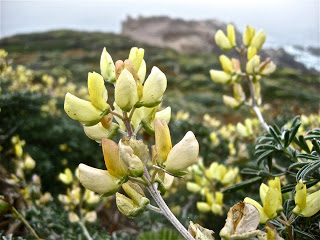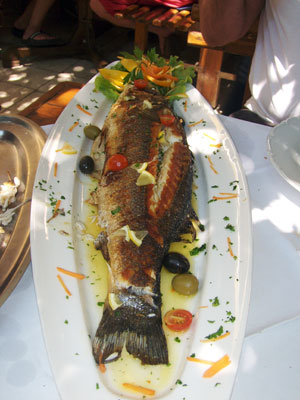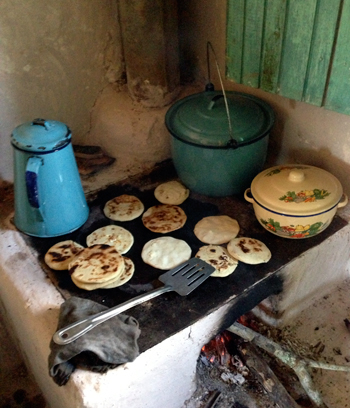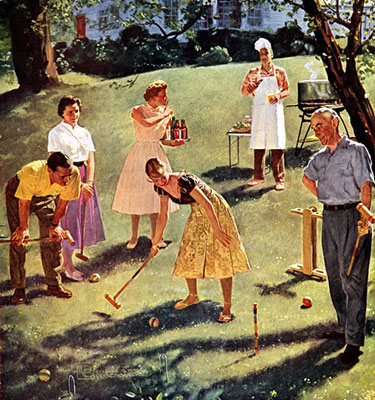 Thirty miles from San Francisco, Sonoma County is one of the world's great destinations. With beautiful farmland, a dramatic coastline, fields of wild flowers, world-class wineries and upscale restaurants, the valley offers travelers, especially oenophiles and foodies, the best of the best.
Thirty miles from San Francisco, Sonoma County is one of the world's great destinations. With beautiful farmland, a dramatic coastline, fields of wild flowers, world-class wineries and upscale restaurants, the valley offers travelers, especially oenophiles and foodies, the best of the best.
My wife and I needed some serious R&R. We wanted a trip somewhere casual, where we wouldn't get stuck in traffic jams, could enjoy beautiful countryside, have some good meals and do a bit of wine tasting. So we put our suitcases in the car with a plan to explore Sonoma County, from the inland wine growing valleys to the coast. There is nothing like a road trip to clean out the cob webs and refresh the soul.
Driving on Sonoma County's two-lane black-tops in summer, the sun owns the sky, shining down on well-tended fields and big-sky landscape. Mustard flowers blanket the fields, corn grows tall, the vines are fat with ripening grapes and cattle stroll lazily across green pastures in search of shade.
Largely agricultural, mom and pop businesses are much more common in Sonoma than in Napa, which is dominated by wealthy investors and large corporations. The 200 wineries along Route 12 and Highway 101--near the towns of Schellville, Sonoma, Glen Ellen, Kenwood, Sebastopol, Graton, Forestville, Fulton, Windsor, Healdsburg and Geyserville--are family run, for the most part.

 My wife, Peggy, and I recently returned from a cruise from Barcelona to Venice with a few extra days in the Veneto for wine tasting and despite being an occasional internet food blogger (and therefore a food expert without any real knowledge or training – I do so love the internet), we still learned a few things that might help you eat and drink your way across Europe. Enjoy!
My wife, Peggy, and I recently returned from a cruise from Barcelona to Venice with a few extra days in the Veneto for wine tasting and despite being an occasional internet food blogger (and therefore a food expert without any real knowledge or training – I do so love the internet), we still learned a few things that might help you eat and drink your way across Europe. Enjoy! I was 'off to see the queen,' the stewardess lingo we use when
working a London trip. I packed my tall boots, a few jackets and
scarves. I was invited to join a friend from London for dinner with a
small group at the famous old oyster bar "J Sheekey." I was, for once,
concerned about what I would wear as my friend, Tim is a famous London
tailor with a shop on Savile Row as well as shops all over the world.
He dresses David Beckam and Tom Cruise and I certainly did not want to
embarrass myself with some sort of 'get up' from my usual suitcase
wardrobe.
I was 'off to see the queen,' the stewardess lingo we use when
working a London trip. I packed my tall boots, a few jackets and
scarves. I was invited to join a friend from London for dinner with a
small group at the famous old oyster bar "J Sheekey." I was, for once,
concerned about what I would wear as my friend, Tim is a famous London
tailor with a shop on Savile Row as well as shops all over the world.
He dresses David Beckam and Tom Cruise and I certainly did not want to
embarrass myself with some sort of 'get up' from my usual suitcase
wardrobe.
 Google Maps will tell you that "we could not understand" the location of Las Aradas, Honduras. Weather.com advises to check your spelling. My trip coordinator suggested looking up the "nearest town over" which was a two and half hour drive away. Packing for a trip like this was a bit of a moving target. Las Aradas is a mountain village, six hours out of San Pedro Sula. For those of you who haven't been browsing the State Department's travel warnings lately--Honduras is not a stable country. The PeaceCorps pulled their volunteers out last year.
Google Maps will tell you that "we could not understand" the location of Las Aradas, Honduras. Weather.com advises to check your spelling. My trip coordinator suggested looking up the "nearest town over" which was a two and half hour drive away. Packing for a trip like this was a bit of a moving target. Las Aradas is a mountain village, six hours out of San Pedro Sula. For those of you who haven't been browsing the State Department's travel warnings lately--Honduras is not a stable country. The PeaceCorps pulled their volunteers out last year. We cut through the sprawling, meticulously manicured park amidst the morning haze, humidity and blare of cicadas and car horns. By 11am we had reached the stark wrought iron and glass doors to Grandmother’s towering apartment complex, a node of Shanghai’s stupefying development. We took off our shoes in the narrow halogen lit hallway outside her 12th story apartment and stepped into plastic slippers waiting at the door. The warm smell of an active kitchen beckoned. The dining table was set with teacups and chopsticks. We were asked to take our seats.
We cut through the sprawling, meticulously manicured park amidst the morning haze, humidity and blare of cicadas and car horns. By 11am we had reached the stark wrought iron and glass doors to Grandmother’s towering apartment complex, a node of Shanghai’s stupefying development. We took off our shoes in the narrow halogen lit hallway outside her 12th story apartment and stepped into plastic slippers waiting at the door. The warm smell of an active kitchen beckoned. The dining table was set with teacups and chopsticks. We were asked to take our seats.
